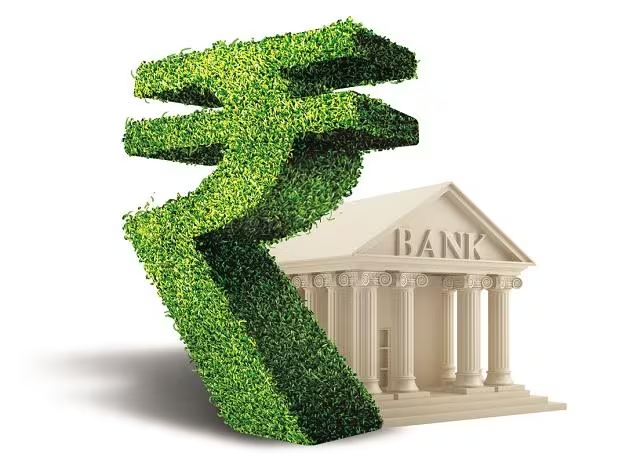Extreme weather conditions, as well as protracted geopolitical tensions, may put inflation at risk, according to the Reserve Bank’s April Bulletin, released on April 23.
The RBI’s Monetary Policy Report examines the influence of climatic shocks and extreme weather occurrences on food inflation:
- Effects of Food Inflation: The paper emphasises the importance of extreme weather events and climatic shocks in influencing not just food inflation, but also the natural rate of interest and financial stability.
- Broader Economic influence: Climate shocks and extreme weather events are stated as having a broader influence on the economy’s financial stability, implying that interruptions in food production and supply chains caused by these occurrences might result in inflationary pressures outside of the food industry.
- Economic Modelling: The study discusses the use of a New-Keynesian model with a physical climate risk damage function to evaluate the macroeconomic impact of climate change. This is likely to contain forecasts of how climatic shocks may influence food production and, as a result, food inflation.
- Long-Term Output Reduction Warning: According to the analysis, if climate mitigation policies are not implemented, long-term economic output might fall by around 9% by 2050. This shows that climatic shocks and extreme weather occurrences may have long-term repercussions on food output and inflation.
- Potential for Inflation Hysteresis: There is a warning that inflation hysteresis may become established, leading to a de-anchoring of inflation expectations. This suggests that ongoing disruptions induced by climatic shocks may result in continuous rises in food inflation.
Way forward:
- Need Investment in Climate Resilience: Governments and corporations may invest in climate-resilient agriculture techniques and infrastructure to reduce the negative impact of extreme weather events on food production.
- Need Diversifying food supplies can help lessen reliance on places vulnerable to climatic disturbances. This might include encouraging local food production, assisting small-scale farmers, and investing in alternative food production techniques such as vertical farming or hydroponics.
Source: https://www.thehindu.com/opinion/editorial/towards-a-green-growth-the-hindu-editorial-on-the-rbi-and-a-green-taxonomy/article68117880.ece

